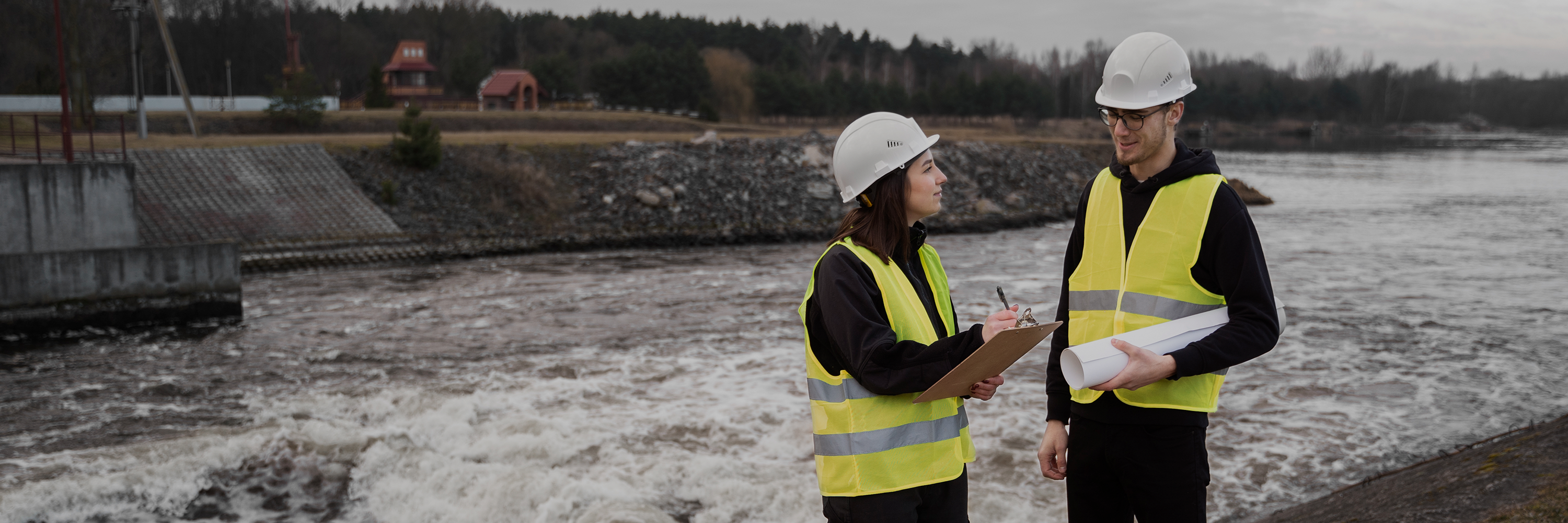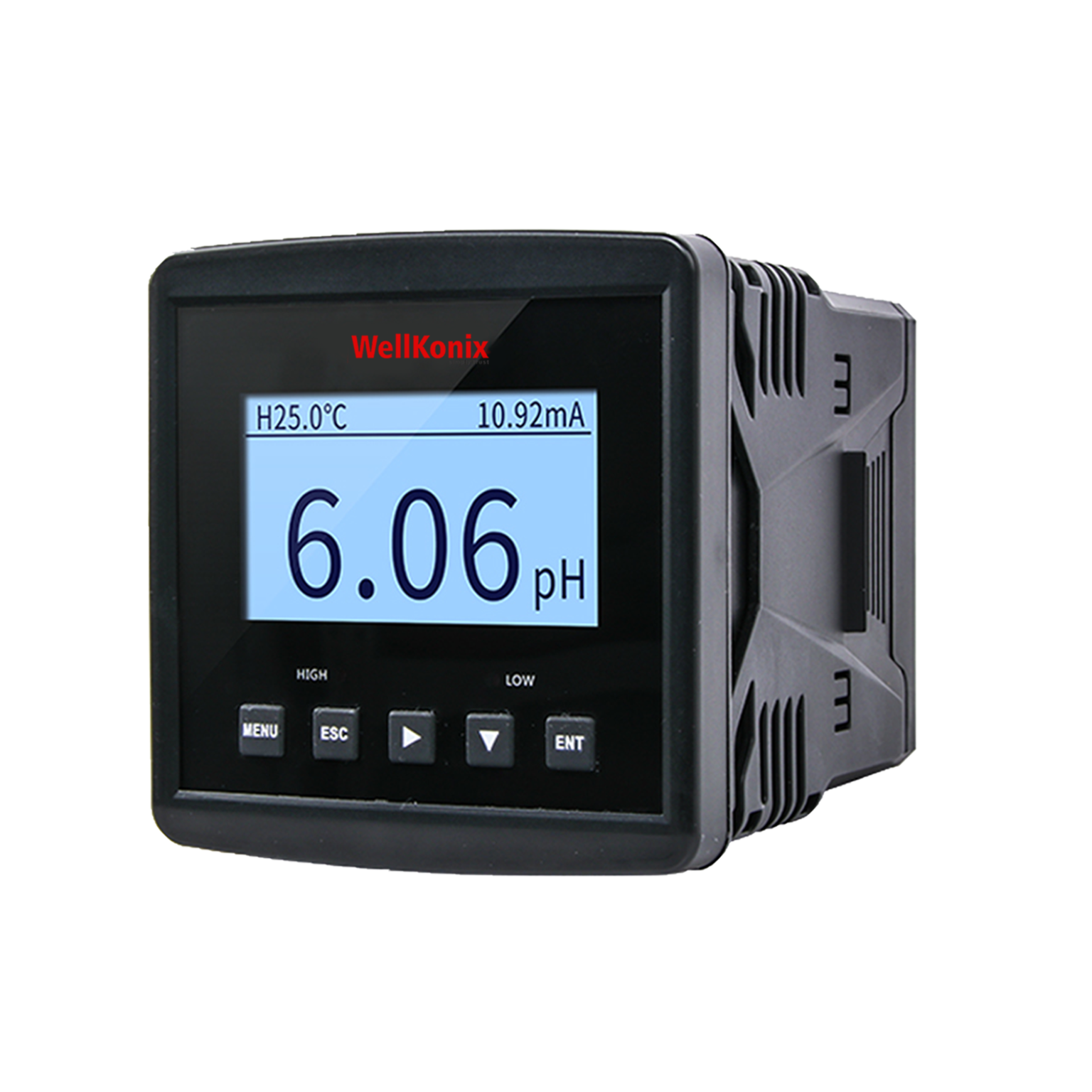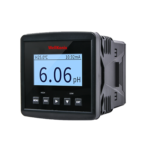EC / TDS Transmitter
WXC1200C
Features
- Direct change over to
- Conductivity (µScm )
- TDS measurement (ppm )
- Automatic temperature compensation
- 4-20 mA Isolated Output
WXC1200C Conductivity/Hardness/Resistivity Online analyzer, an intelligent online chemical analyzer, is frequently used in the thermal power, chemical fertilizer, environmental protection, metallurgy, pharmacy, biochemistry, food, and water industries for continuous monitoring and measurement of EC value, TDS value, or ER value, and temperature in the solution.
01
EC / TDS Transmitter with Controller
The ability of a medium to oxidise or reduce another medium is measured by its “oxidaon-reducon potenal,” or EC . When an oxidizer takes an electron from another molecule, it is said to be oxidising, and when a reducer gives an electron to another molecule, it is said to be reducing. A single mV value, which can be posive or negave, can be monitored by an EC sensor to idenfy whether oxidaon or reducon is taking place. The mV value is posive when a medium is oxidising. The mV reading will be negave when it is displaying reducon. Addionally, an EC measurement known as “Redox” is frequently used. Reducon and oxidaon are combined to form the word redox. Unl a potenal is formed, the electrode will connue to take or release electrons. Aer then, it produces millivolts. The reference electrode in an EC sensor is commonly constructed of Ag/AgCl and submerged in a KCl reference substance, making it very similar to a pH reference electrode.The electrode is able to exchange electrons with both oxidizers and reducers.Conductivity sensors are essential tools used to measure the ability of a solution to conduct electrical current, which directly relates to the concentration of ionic species in the solution.

02
Applications of EC / TDS Transmitter
Water Quality Monitoring: Ensuring safety in drinking water and efficiency in wastewater treatment. Industrial Processes: Monitoring chemical concentrations in manufacturing, pharmaceuticals, and food production. Agriculture: Analyzing soil salinity and managing nutrient levels in hydroponics. Power Generation: Preventing corrosion in boilers and optimizing cooling tower performance. Marine Applications: Studying ocean salinity and maintaining aquaculture environments.
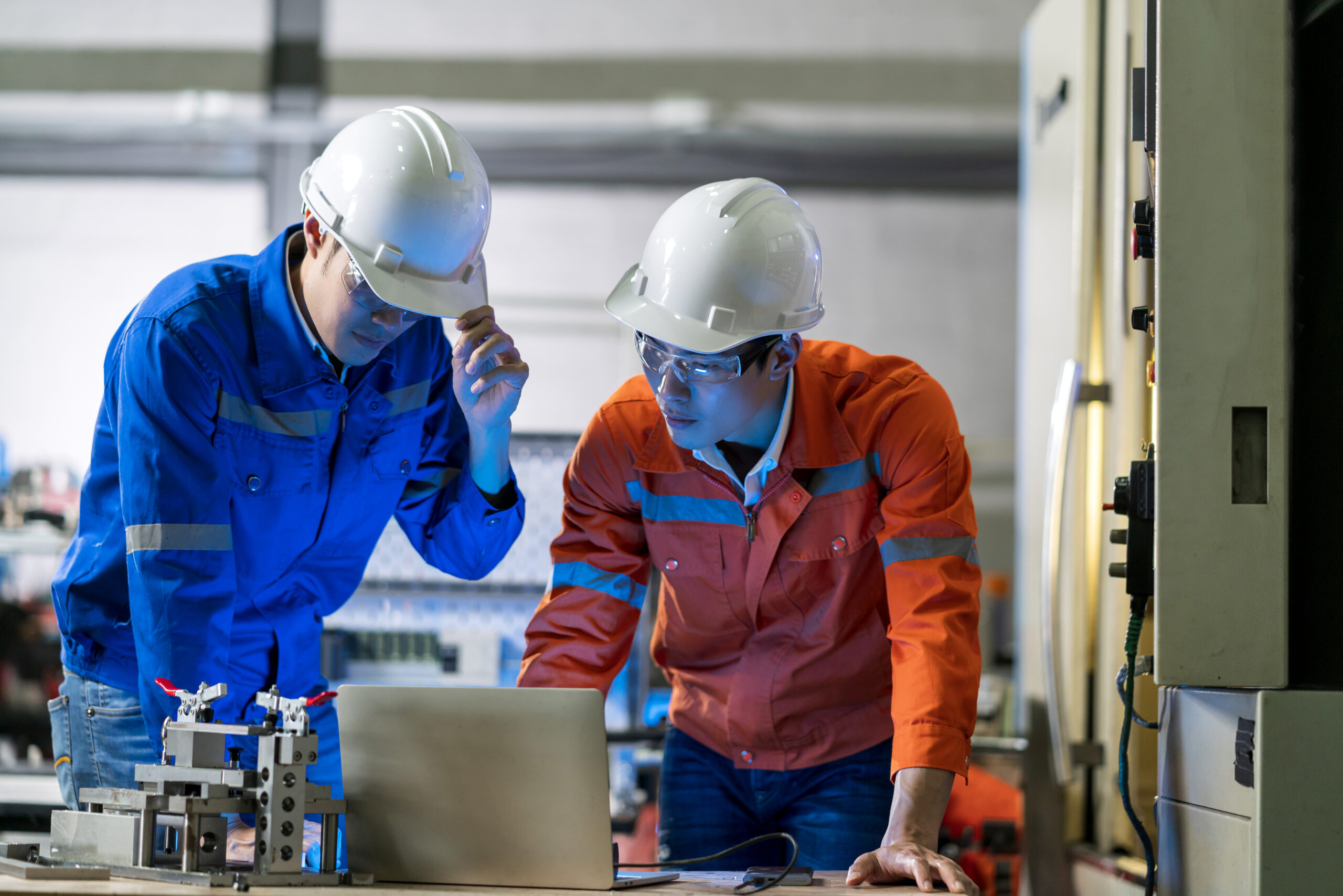
03
Uses of
EC / TDS Transmitter
Monitor water quality in drinking water, wastewater, and environmental systems. Control chemical concentrations in industrial, pharmaceutical, and food processes. Analyze soil and nutrient levels in agriculture and hydroponics. Prevent corrosion in power plants by monitoring boiler and cooling water. Measure salinity in oceans and aquaculture. Conduct laboratory experiments on ionic concentrations. Detect leaks in heat exchangers and storage tanks.Ensure cleanliness in electronics manufacturing.
EC / TDS Transmitter Calibration
Calibrating a conductivity transmitter involves several key steps to ensure accurate measurements. First, gather the necessary equipment, including the transmitter, standard conductivity solutions (such as 84 µS/cm and 1413 µS/cm), calibration beakers, a thermometer, and deionized water for rinsing. Begin by turning on the transmitter and allowing it to warm up, ensuring that any temperature compensation settings are correctly adjusted. Clean the electrode with deionized water to remove any contaminants, and immerse it in the first standard solution. Once the reading stabilizes, adjust the transmitter to match the known conductivity value of the solution. After rinsing the electrode, repeat the process with additional standard solutions if multi-point calibration is needed. Verify the accuracy of the calibration by rechecking the readings against the standards.
Technical Specification
Product
TDS meter, EC controller
Model
WXC1200C
Measurement range
0.01 electrode: 0-20.00us/cm
0.1 electrode: 0.2~200.0us/cm
1.0 electrode: 2-2000us/cm
10.0 electrode: 0.02-20ms/cm
Basic Error Of Electronic Unit
EC/TES/ER: ±1%FS NTC10K: ±0.3℃ PT1000: ±0.3℃
Measuring medium
Liquid
Temp compensation
NTC10K/PT1000 Manual/ Auto temperature compensation
Temperature Range
-10-130℃
Accuracy
2%
Communication
RS485, Modbus-RTU
Transmission signals
4-20 mA
Relative humidity
(10~85)%RH
Operation temperature
0~60℃
Power supply
AC: 220VAC±10%, 50Hz/60Hz
DC: 24VDC±20%
Relay output
2
Operation condition
Temperature: 15~65℃ Relative humidity: (5~95)%RH
Display Size
2.8 inch
Size
96*96mm
Sensors
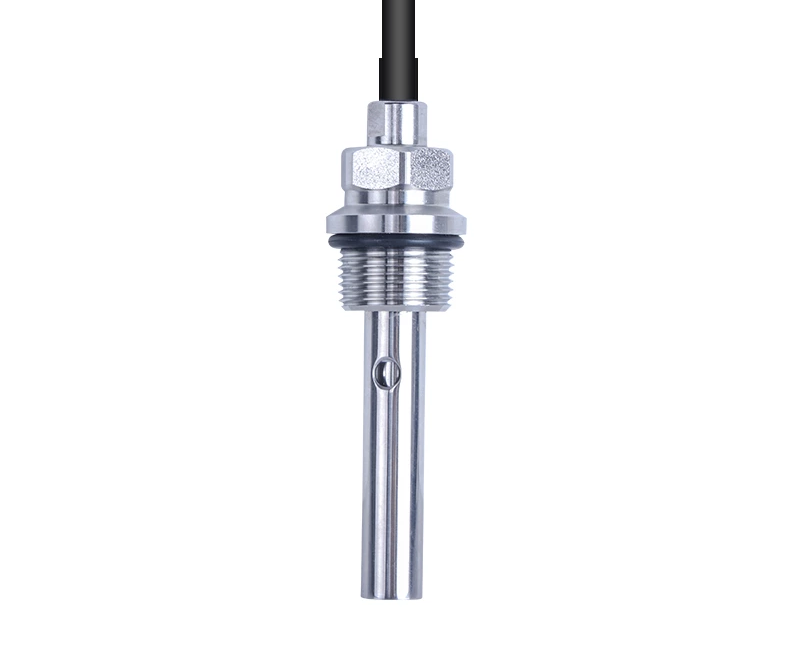
Features
Direct change over to
Conducvity (µScm )
TDS measurement (ppm )
Automac temperature compensaon
4-20 mA Isolated Output
Large LCD display with background lighng
IP54 water resistant and corrosion proof
enclosure
Using the setup program: user-friendly
programming
RS485 communicaon
Relay output
Affordable
Ease of operaon
Low maintenance
Ensures product quality
A tool for determining a solution’s electrical conductivity is a conductivity sensor. It is often utilized in many different sectors, including water treatment, food & beverage, and medicines. The sensor measures a solution’s capacity to carry an electrical current. To do this, submerge two electrodes in the fluid and briefly apply voltage between them.
The concentration of dissolved ions in a solution is directly correlated with its conductivity. As a result, the sensor may be used to measure the concentration of several ions, including calcium, sodium, and chloride. Numerous variables, like the solution’s purity and temperature, affect the sensor’s accuracy.
Applications
Accessories
Documents

Wellkonix global commitment to the Chemical Industry
Wellkonix is the world leader in automation solutions to the chemical industry. As a global player, we have strong local support in any region that you run your business
Solutions
automation
Project execution
Providing solutions of every kind, at all times in chemical industries
Wellkonix engineers were all very affected person and cooperative during the early engineering and start-up phases. We labored as one team thru to the completion of this plant project


